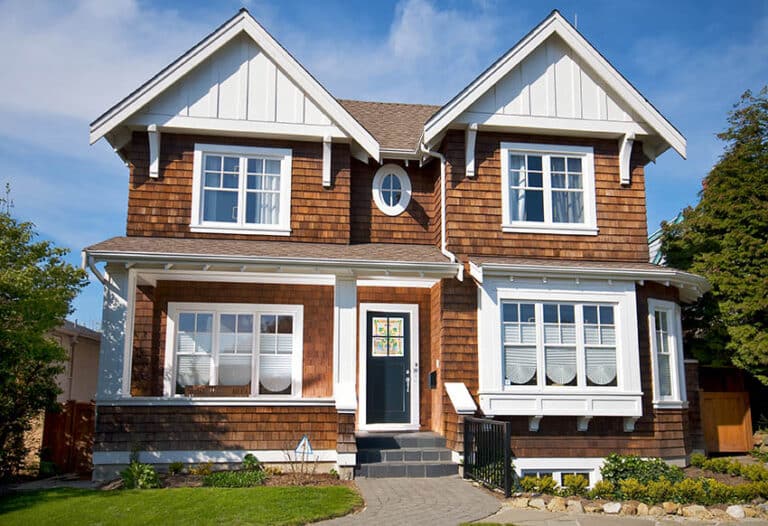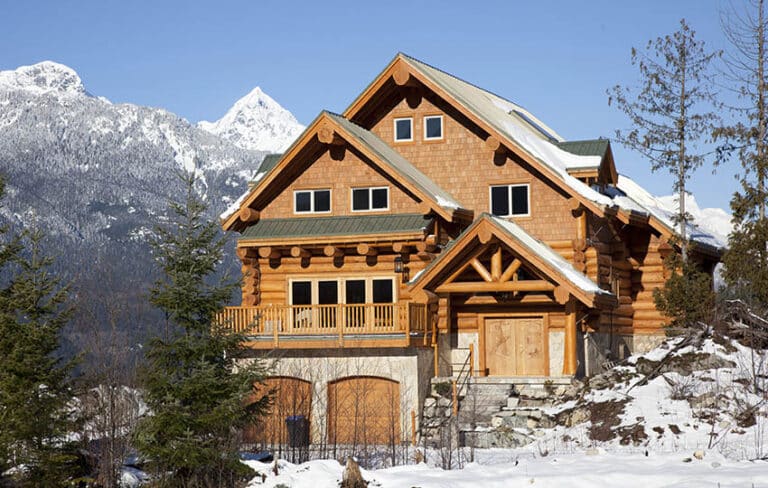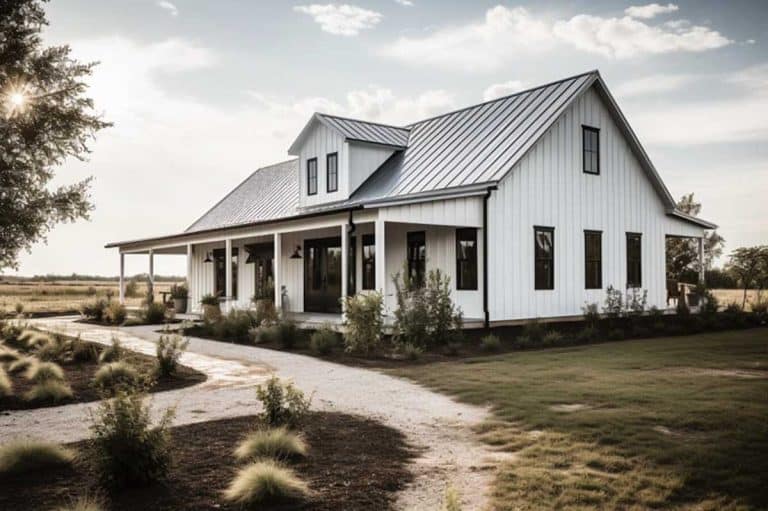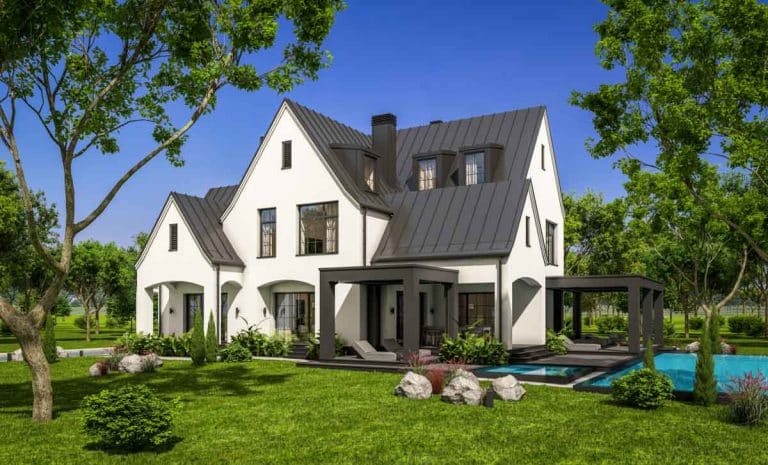Pitched Roof Types (Design Guide)
Here we share our pitched roof types design guide including what is, different categories, angles, pitches for various types of roofs, how to determine the pitch and the ideal materials.
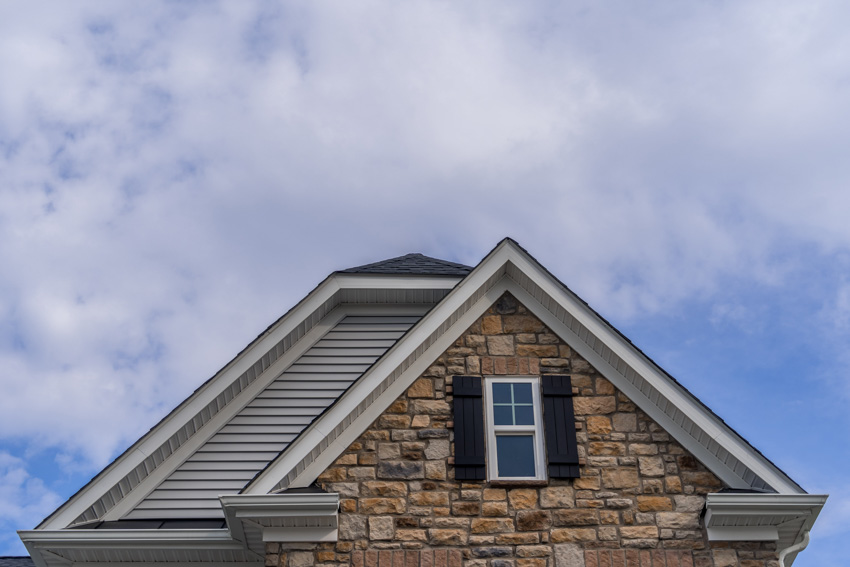
The roof design and construction must consider several design variables, the most important of which is drainage. Excellent roof construction needs a thorough examination of all influencing aspects and the application of various roofing materials.
You can determine the drainage design by the slope of the roof to be provided, which divides roofs into two categories: flat roofs and pitched or sloping ceilings.
What Is A Pitched Roof?
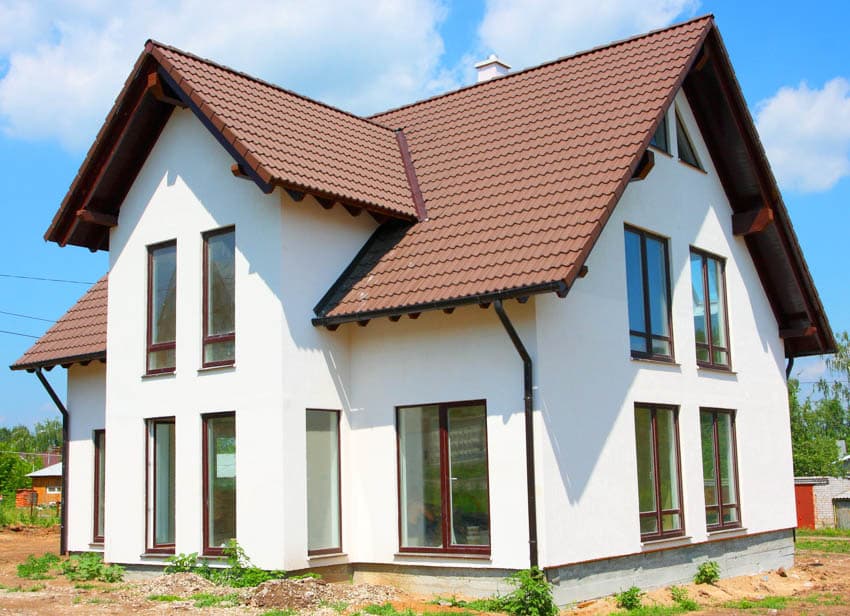
Pitched roofs provide adequate drainage above other options, making it ideal in places where significant rain and snow occur.
A roof’s ‘pitch,’ or steepness, is calculated by dividing its vertical rise by its horizontal span.
Single Pitched Roof
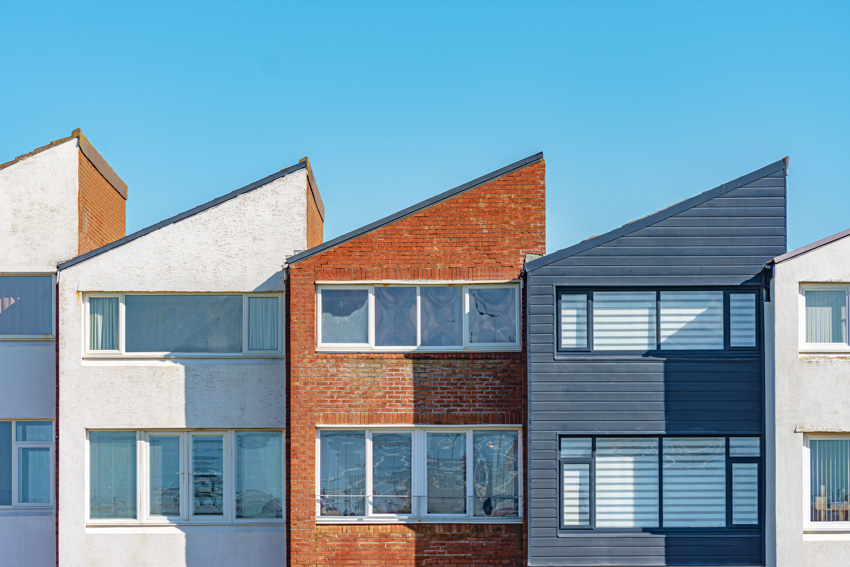
Single-pitched roofs are worth considering, especially for those who live in windy places. Remember that the larger the roof pitch (angle), the smaller the wind, snow, and rain load.
Double Pitched Roof
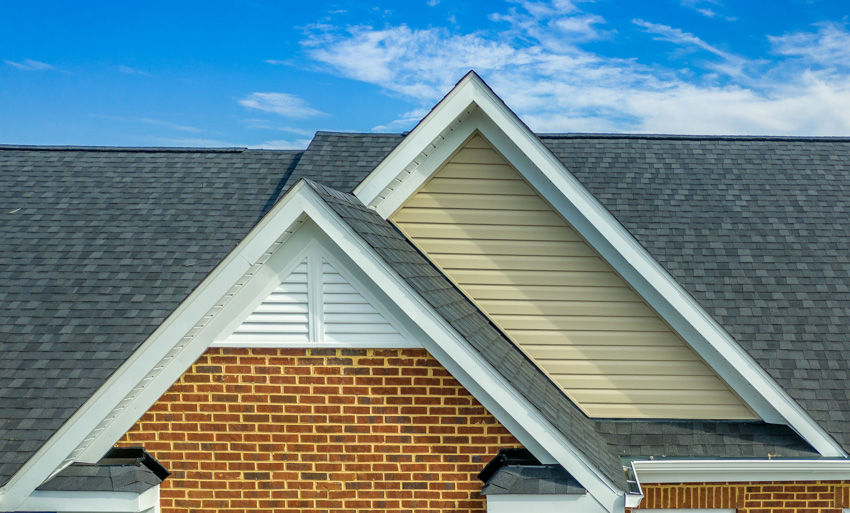
Two roof surfaces are supported by load-bearing walls, resulting in the formation of triangles known as gables. Gables frequently have windows built to allow natural light to enter.
The main benefit of this roof is that it has the most little outcrop, enabling you to install a variety of roof coverings.
There are two types of double-pitched roofs: symmetrical and asymmetrical. The most popular option is symmetrical. It is a perfect triangle since all of its surfaces are equal.
Roof Pitch Angles

There are factors such as roofing materials and the local environment that aid in determining the acceptable range of pitches for a specific structure.
The roof’s vertical “rise” over a similar horizontal distance, called the “run,” is used to calculate roof pitch. The ratio represents how much the roof rises for every foot of its run. Pitch assumes a run of a foot or 12 inches.
A 4/12 pitch, for example, is a roof that rises 4 inches for every 12 inches of run.
A roof pitch of 30° to 50° is highly effective at providing weather protection, adequate water drainage, peak thermal performance, and good ventilation. However, this pitch angle isn’t always attainable on projects like household expansions.
In icy climates, roof angles can be beneficial or devastating, depending on the arrangement. An inclined roof can withstand more structural loads than a level roof.
A flat roof collapses considerably less quickly than a slanted roof under the weight of snow. In a snowy area, a flat roof is not the best option.
Standard Roof Pitch
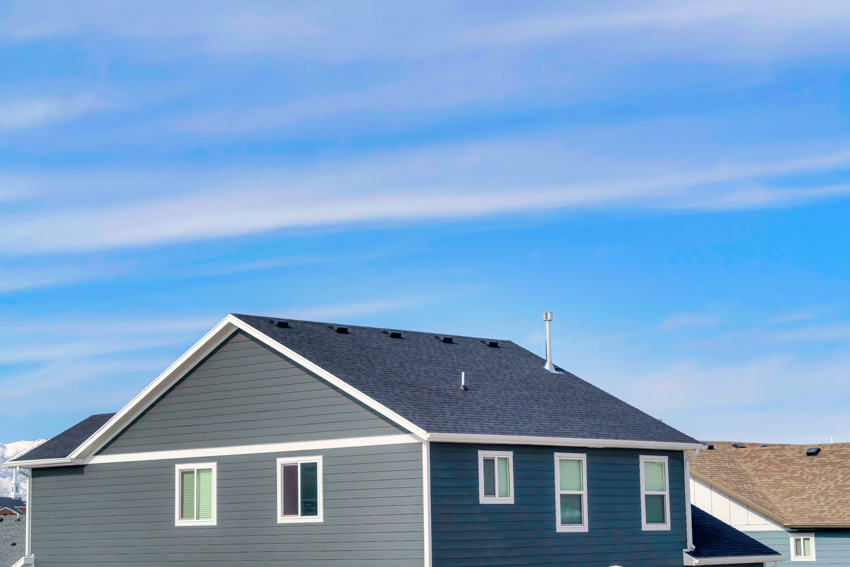
Flat roofs are defined as those with a pitch of less than 2/12, even slightly inclined. Steep-slope roofs have pitched more than 9/12.
Minimum Roof Pitch

Low-slope roofs should not be used on covered porches near trees or in locations with significant rain to prevent trash and water from accumulating on the roof’s surface.
Minimum Roof Pitch For Shingles
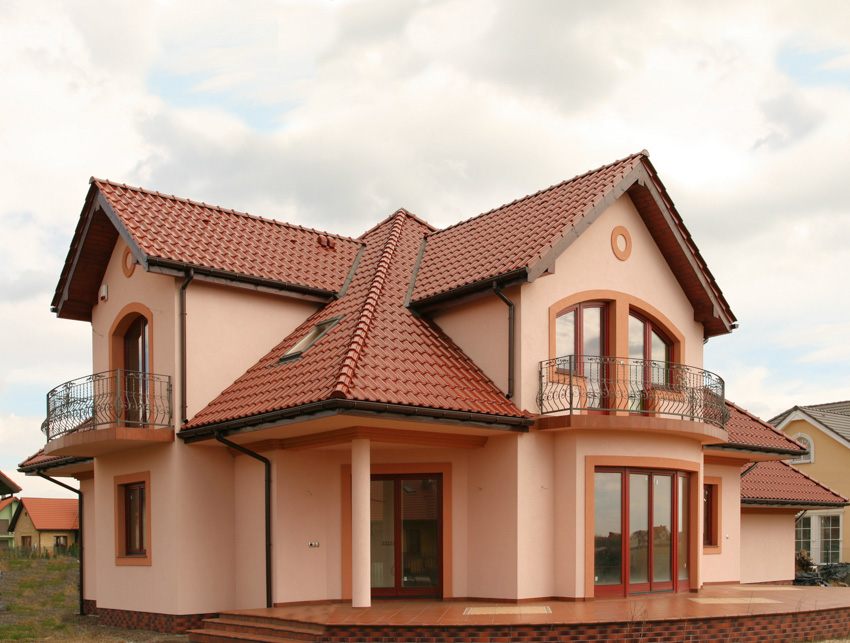
All forms of shingles require a slope to function effectively. 2/12 is the minimum criterion.
Minimum Roof Pitch For Metal Roof
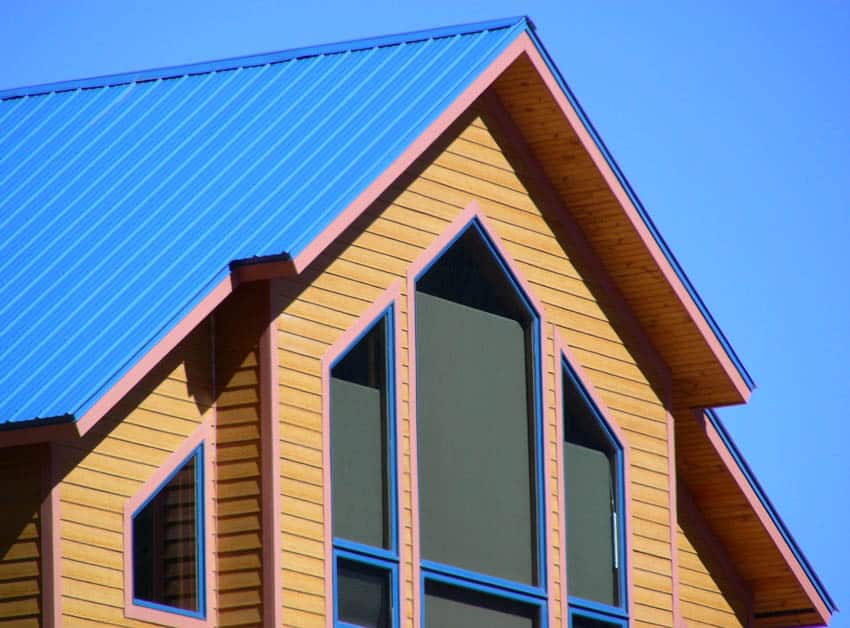
With lap sealant applied, the minimum slope is 1/2 unit vertical in 12 units horizontal (4% slope).
You must apply lap sealants according to the installation instructions provided by the certified manufacturer. Standing seam roof systems should have a minimum slope of 1/4 vertical in 12 units horizontal (2% slope).
Minimum Roof Pitch For Snow
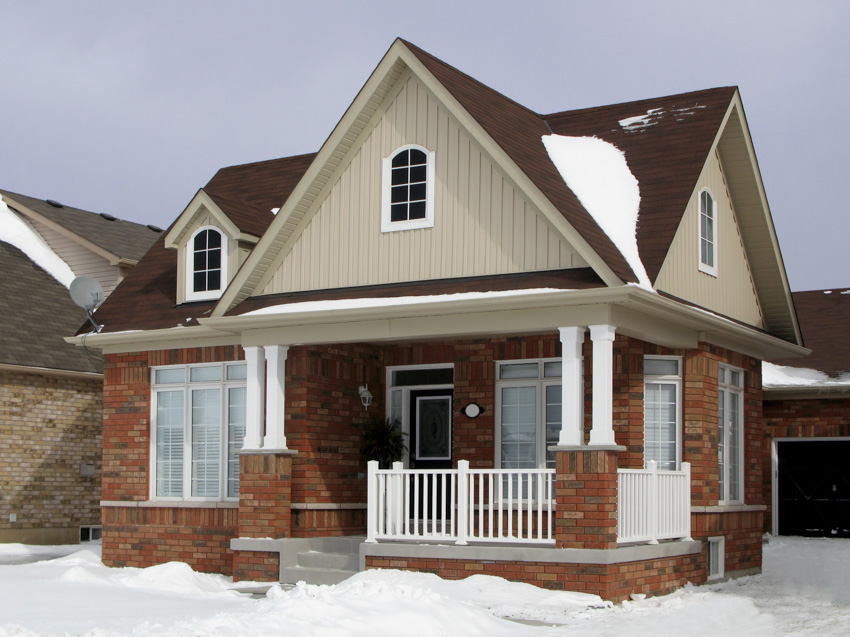
While the roof’s angle helps shed snow, adding too many angles for a more aesthetic appearance may pose structural issues with snow shedding in the winter. Water and heavy snow should be able to exit off your roof quickly.
Flat Roof Pitch
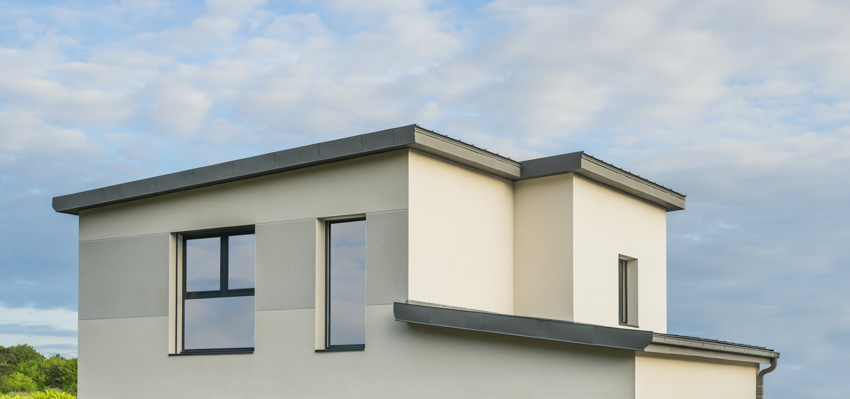
This slope allows water to drain off the roof and away from the structure, preventing damage.
Low Pitch Roof
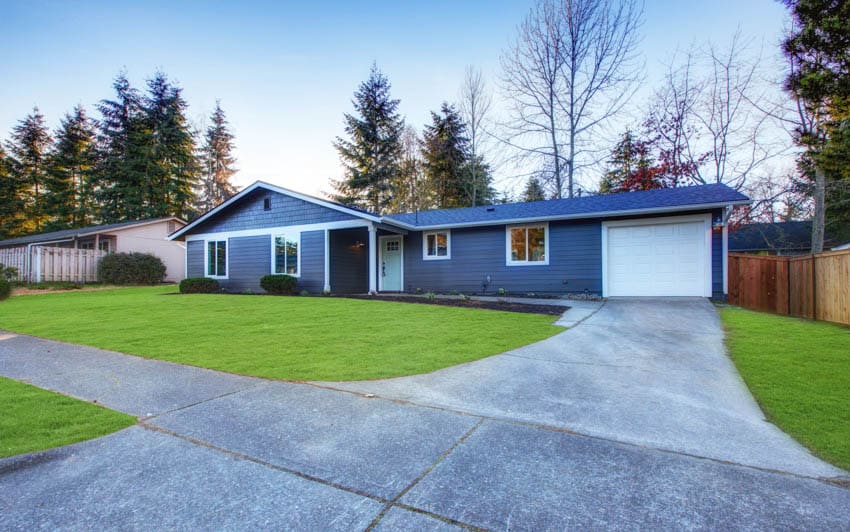
Because recent planning restrictions have increased the number of people adding domestic expansions to their homes, manufacturers have invested in producing low-pitch roofs to meet this demand.
Low-pitch roofs are a fantastic alternative to flat roofs because they allow water to drain off securely without accumulating and entering the structure.
Steep Pitch Roof
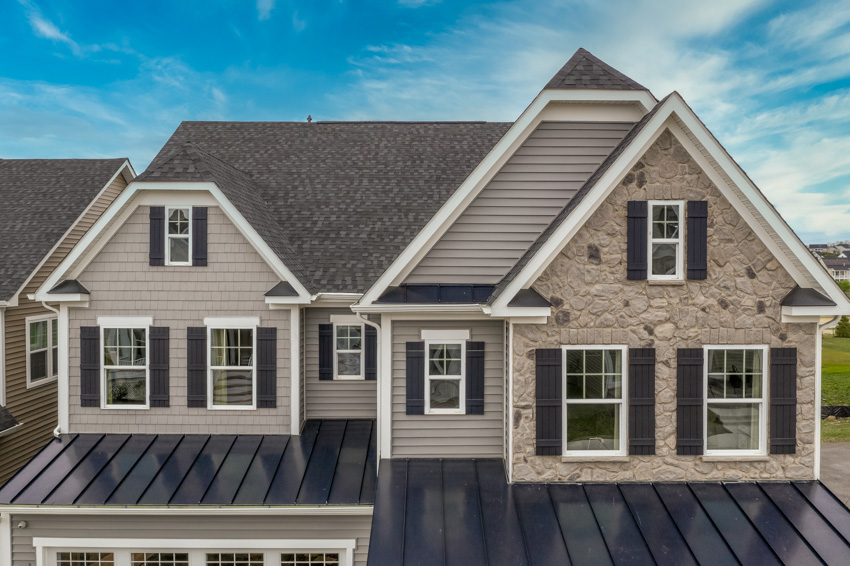
The extremely steep roof (ESR) has a more than 12:12, up to an upright vertical plane, and architecturally has a “dramatic pitch.”
Lower gambrels, mansards, A-frames, and either Carpenter Gothic or Victorian Gothic Revival roofs are the most common roof types that fit into this group.
Roofs with steep slopes present apparent construction and repair challenges. While the initial material/labor/equipment (MLE) building prices may be prohibitively high for most budgets, their replacement costs are the most shocking.
The MLE composite figure increases by an incredible factor in removing, cleaning, and reapplying felt membrane and shingles for extremely steep roofs.
How To Determine Roof Pitch
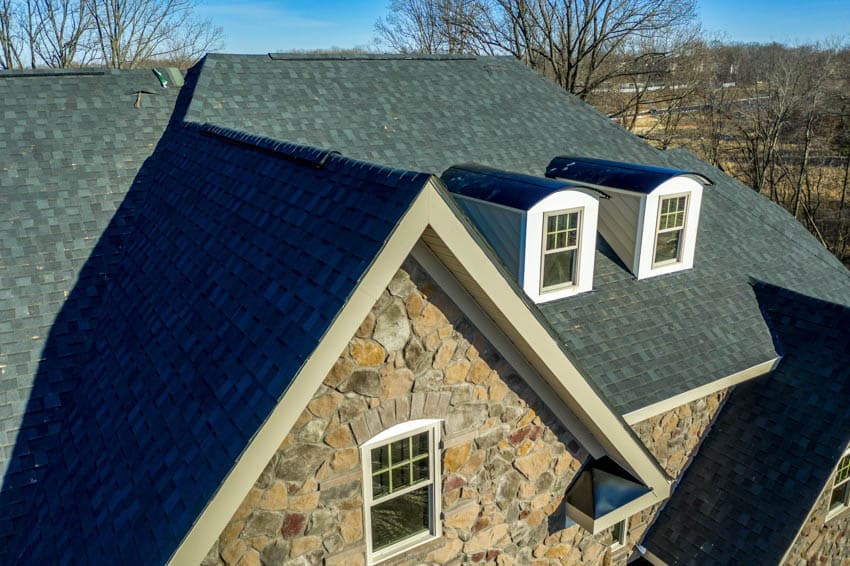
There are a few methods for determining the pitch of your roof. You only need a measuring tape, a spirit level, and a calculator. With these tools in hand, all you need is access to your loft area and a recollection of some basic math.
• To begin, determine the length of your roof’s run-through tape measure or spirit level. The run is the distance between the apex of your roof and the wall on the horizontal plane.
• The next step is to calculate the rise. The rise is the distance between your apex and the structure’s wall.
• For tangent, divide the rise from the run (tangent = rise ÷ run)
• Then divide one by the length of your tangent.
• Finally, multiply this result by 180/π to determine your roof pitch.
REMEMBER: Pitch of the roof = (1 ÷ Tangent (Rise ÷ Run))*180/π
There are various options for working out your pitch online and as part of smartphone apps, which are a more convenient alternative to bringing out pencils and paper. You will need the same rise and run measurements as with manual calculations to use these calculators.
Some are more advanced and can tell you your roof pitch merely by looking at a picture. The VELUX Roof Pitch app, which is available for both iPhone and Android, is an option.
However, there are certain disadvantages to using these calculators. If your camera angle or ambient illumination is not optimal, the photo-based ones can go wrong.
Can You Have A Rooftop Deck On A Pitched Roof?
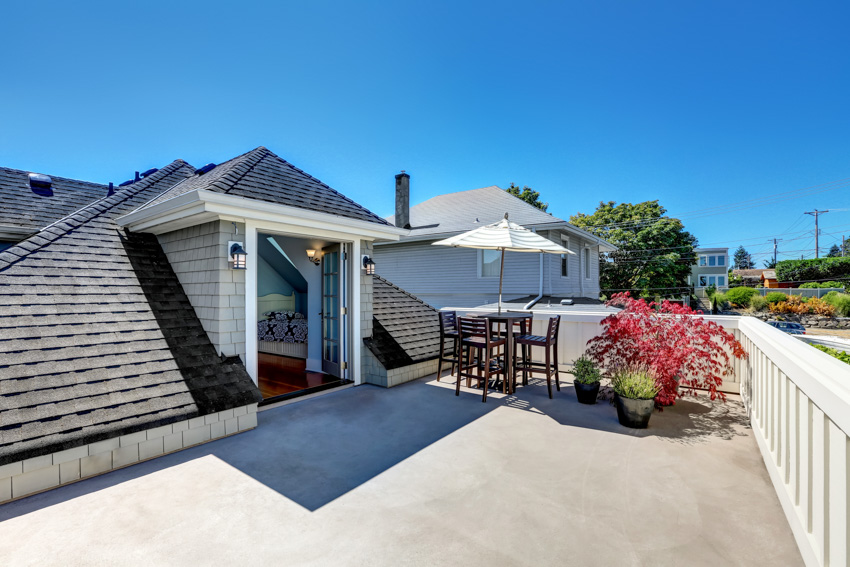
However, creating a rooftop deck on your own might be difficult, especially if your roof is sloping. There are essential things to consider, such as the structural integrity and the additional weight of the deck.
The support beams, the deck structure, and the deck material are the three most essential components of a roof deck. The beams are what allow you to build a level rooftop deck on a sloping roof. For this vital component, use the most durable wood you can locate.
Best Roofing Material For A Low Pitch Roof
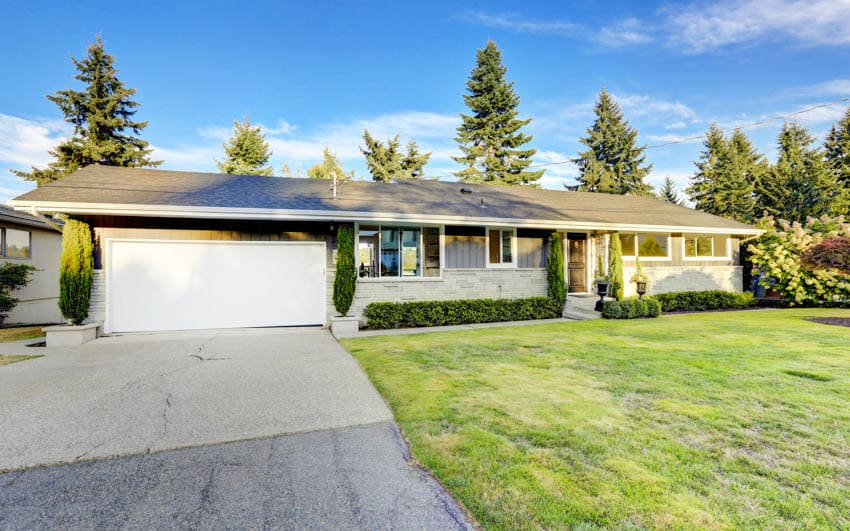
Here are some examples:
• Built-up roofing – often known as tar and gravel (composed of alternating layers of bitumen and reinforcing fabric, and covered in gravel)
• Torch-down roofing – a single-layer membrane installed with the seams sealed by fire
• EPDM roofing – a type of rubber roofing that is bonded or mechanically connected to the roof surface.
• Raised seams in standing-seam metal roofing – filter water down through gutter-like valleys; built of steel or aluminum.
• Asphalt shingles – comparable to rolled roofing; however, they come in big rolls. It comes in many colors and styles, and it is sometimes peel-and-stick.
See more related content in our article about the different types of roof shingles on this page.

